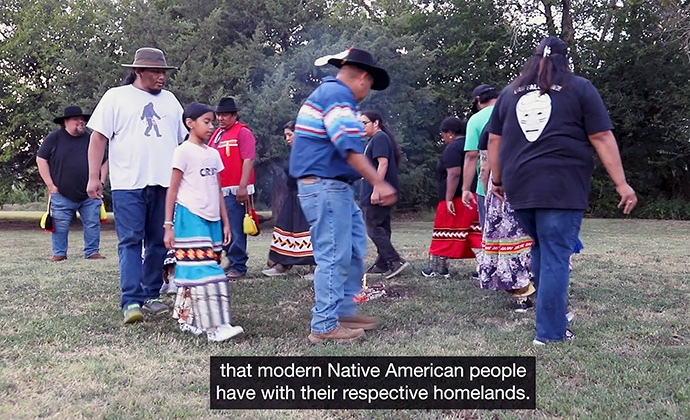Key Points:
- A new exhibit sponsored by the United Methodist Board of Global Ministries spotlights 26 contemporary Native American artists.
- Some of the art subtly refers to issues such as missing and murdered Native American women, abuse at Indian boarding schools and climate change.
- The show, “This Land Calls Us Home: Indigenous Relationships with Southeastern Homelands,” features more than 60 paintings and objects that will be on display until November 2024.
While traveling several years back, the Rev. Chebon Kernell came across something interesting at Hartsfield-Jackson Atlanta International Airport.
It was “A Walk Through Atlanta History,” a permanent exhibit tracing the city’s story up to the 1996 Centennial Olympic Games.
“They included Indigenous peoples there, but it was on just one little panel of this massive display,” said Kernell, executive director of the Native American Comprehensive Plan of The United Methodist Church. “I noticed that one panel was about 13,000 years of (Native American) history. And the entire rest of the exhibit was 200 years.
“That didn't sit well with me, and so I began to use that example as a teaching moment, to talk about how we have silenced histories, especially in this country.”
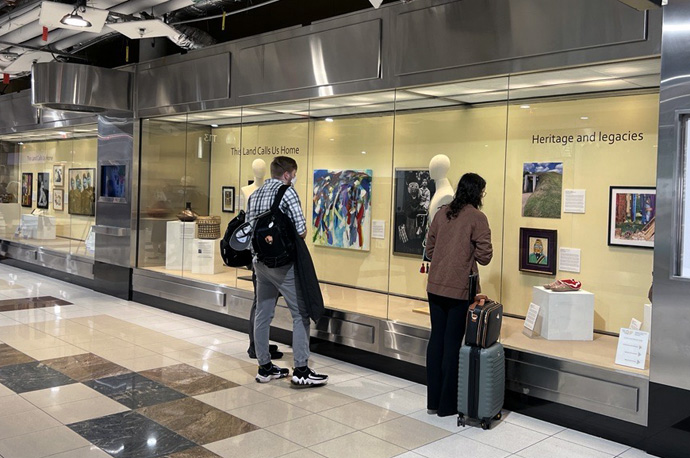

Glenn Kellum, a colleague at the United Methodist Board of Global Ministries, where Kernell worked at the time, suggested he meet with airport officials to talk it over. They were amenable.
“So fast-forward five years later, we have developed an art exhibit that gives contemporary examples of Native American culture, identity and even our hopes and dreams for this area that we still consider our homelands in Georgia,” Kernell said.
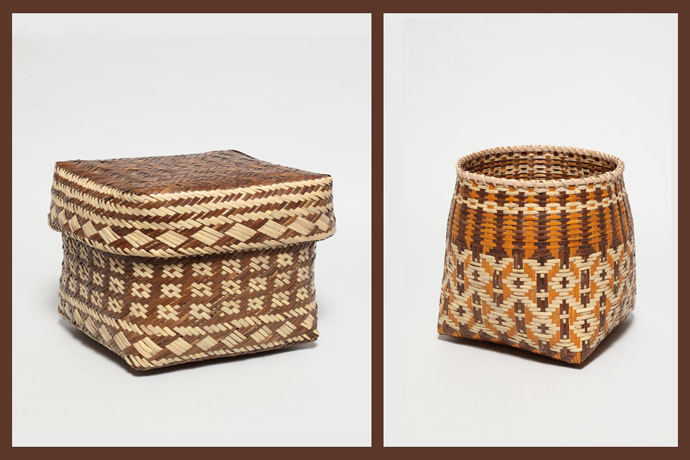
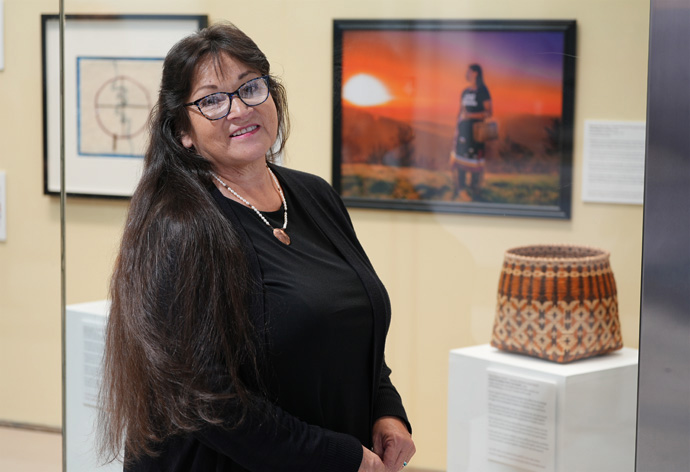
He curated the exhibit with the help of museum professionals and other Native American Methodists and scholars. It is sponsored by Global Ministries.
The show, “This Land Calls Us Home: Indigenous Relationships with Southeastern Homelands,” features more than 60 paintings and objects by 26 artists and will be on display in the T North Concourse until November 2024. It’s free to travelers in the airport.
Artists discuss their work
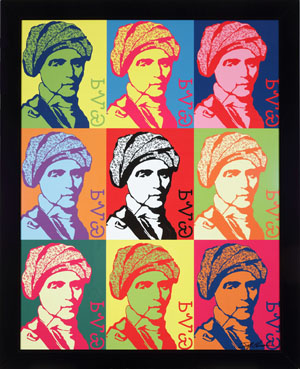
“Global Ministries is pleased to partner with representatives from our denomination’s Native American community to present this exhibit for display at Atlanta’s airport,” said Roland Fernandes, the top executive of Global Ministries and the United Methodist Committee on Relief, in a statement. “The installation offers a unique opportunity to help facilitate a greater understanding of Native American and Indigenous peoples of the Southeast. Many of the artists have close ties to specific ancestral sites now in the greater Atlanta and Georgia region, which may also be of special interest to travelers visiting the Atlanta area.”
Jeff Edwards, who has three pieces of art in the exhibit, said it was the first time his artwork was featured in an airport.
“I think it's pretty neat,” he said.
One of Edwards’ pieces is an Andy Warhol-inspired piece about Sequoyah, whose creation of the Cherokee syllabary made reading and writing in Cherokee possible.
“I thought it was kind of cool that you actually have to be a traveler (to see the exhibit),” Edwards said. “If you get a six-hour layover, it'd be kind of cool to have an art show to go to.”
Some of the exhibits tackle Native American issues such as missing and murdered Indigenous women, abuse at Indian boarding schools and climate change, albeit subtly.
“You'll see little bits and pieces in some of the expressions that we've selected,” said Kernell, a Native American scholar and educator. “Sometimes they might take a little bit, maybe an explanation from the artist or different things, to kind of bring it to the forefront.”
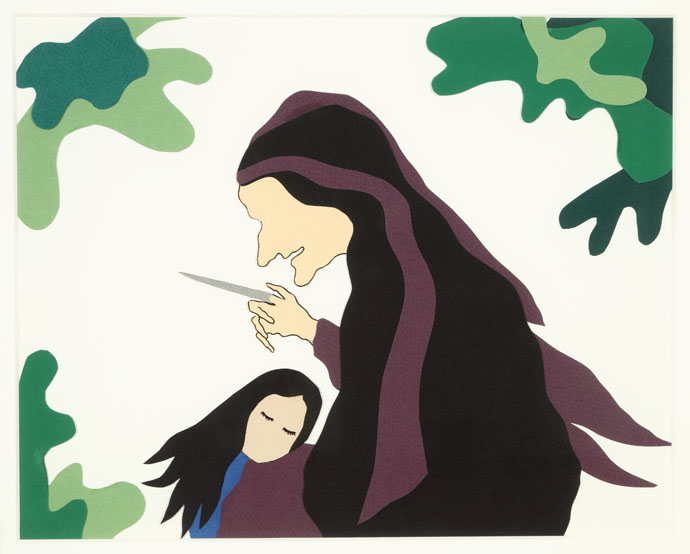

For example, there is a painting by Jody Bradley Lipscomb of a young girl clutching a tree. Titled “The Crying Tree,” it alludes to abusive Indian boarding schools — a few operated by Methodists — intended to separate Native Americans from their culture. “The Crying Tree” refers to an oak grove where children sought refuge from Cherokee Indian Boarding School in North Carolina.
Tony A. Tiger, another artist featured in the airport show, believes exposure to Native American art could do the opposite of the boarding schools by sharing Native culture with people of other races.
“We have a narrative to share with America,” Tiger said. “I think it's important that people understand that we weren't savages; we did have civilization here with many different languages and we had large villages.
“With more knowledge … possibly we can treat each other better.”

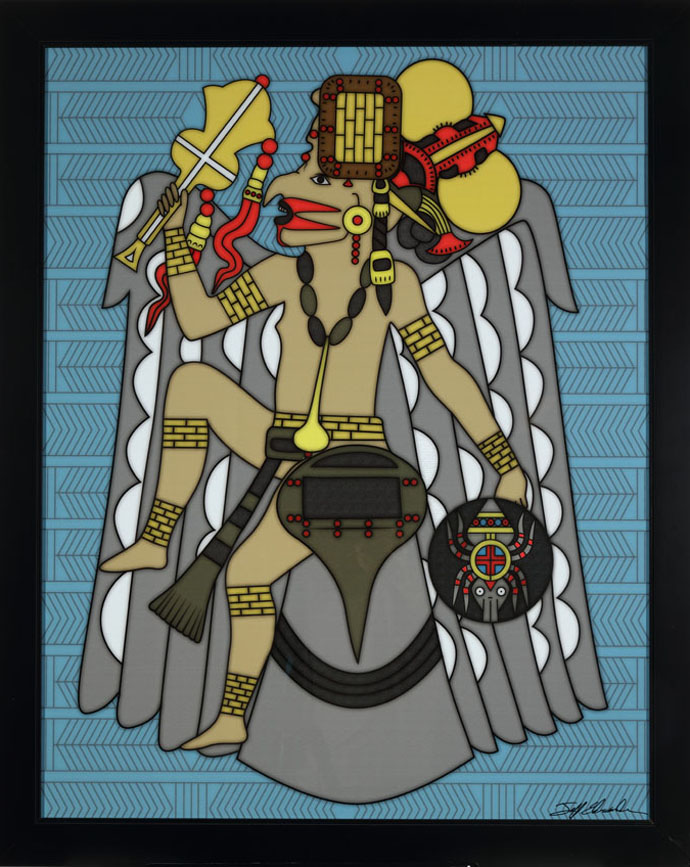
But Edwards said there’s a line he won’t cross between honoring his Cherokee heritage and doing what he called “pity pieces,” or art that reflects stereotypes.
“Oh, look at what has happened to us Cherokee. We've had such a horrible history.” Edwards said. “Yes, of course we have. But … we're still here, you know, so we survived that history.”
Having the exhibit at the airport means it may reach people who don’t go to museums very often.
“One advantage … is to counteract the historical silencing that I feel the other exhibit does in the tunnel area of the airport,” Kernell said. “To have something more in depth that provides the community with a deeper understanding of Native American people.”
Patterson is a UM News reporter in Nashville, Tennessee. Contact him at 615-742-5470 or newsdesk@umcom.org.
To read more United Methodist news, subscribe to the free Daily or Weekly Digests.
About the Native American Comprehensive Plan
The Native American Comprehensive Plan serves as the United Methodist entity that resources, strengthens and advocates for the local church in Native American communities and contexts for all generations.
“Post-COVID … the focus that we've taken is (to cultivate) relationships with the entities that surround us and do a lot of education to the non-Native American world about the things that we're going through,” said the Rev. Chebon Kernell, executive director of the plan.
“We have relationships with universities. We have relationships with museums … and we've tried to reach what they're teaching so that a good message about Native American people today can be taught that can be a good pedagogy there.”
Watch video: Stomp Dance
